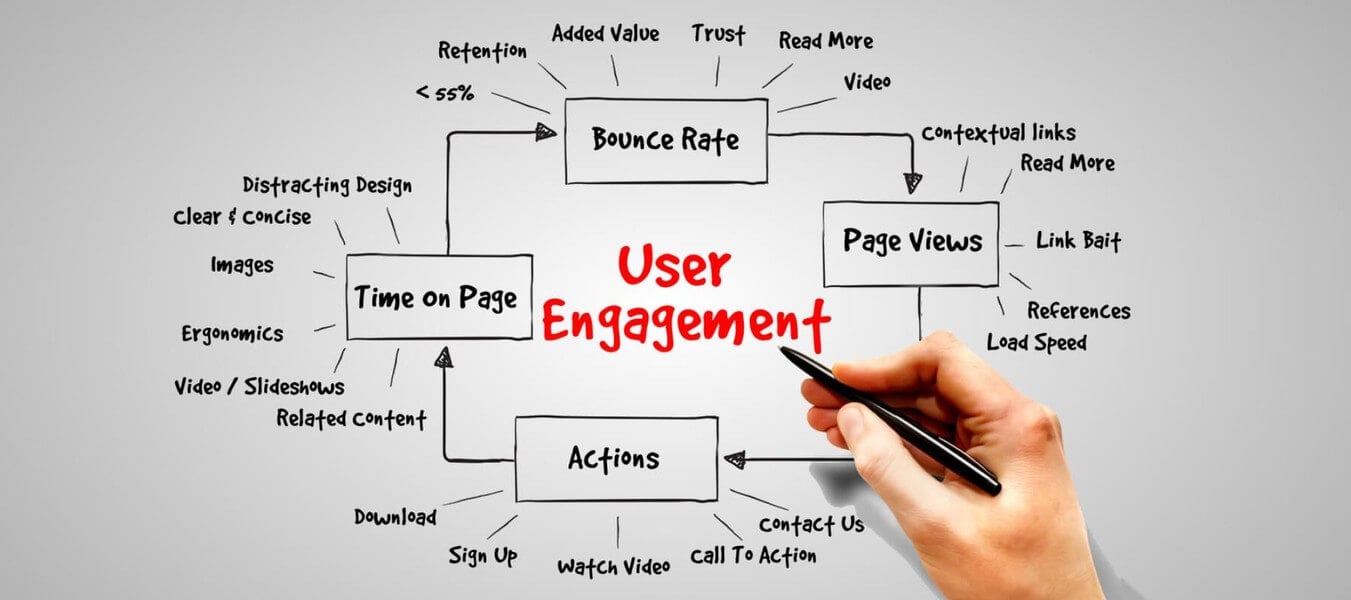People with diabetes increasingly turn to smartphone apps to help them manage their condition, and people like my son, a young adult who has lived with type 1 diabetes (T1D) for fifteen years, now have more than 100 to choose from on iOS or Android devices.
Researchers from the University of Florida recently took a look at these apps, and found it difficult to tell whether or not they were actually useful, though they gave many of these apps high marks for aesthetics and engagement.
Speaking from the perspective of someone who has spent these last 15 years living with diabetes in our home and working with thousands of people living with this challenging chronic disease, the vast majority of these diabetes apps do not work for most people with diabetes and are ultimately not useful, and here’s why: managing a chronic disease is exhausting, and tools to support people should be about giving people their time back, not asking them to devote more of it by “engaging” with your product.
There are better ways to use technology to manage chronic conditions.
Living with Diabetes
People living with diabetes—including my son and many colleagues of mine -- spend an inordinate amount of time every day taking blood sugar readings, entering numbers on an insulin pump, recording their meals, reordering supplies and prescriptions, exercising, and keeping a daily log of their activities, illness, stress, and moods, and carbohydrate intake.
Going to bed at night does not offer relief from the routine. People with diabetes and, for children living with the disease, their parents, lose sleep keeping these routines going, as the tools at their disposal do not give them relief from taking their eyes off blood sugar for very long. There are no days off and no relief.
This is why we don’t need to “gamify” disease management. It’s not a game. This is why we don’t need to find more ways to “engage” the person living with diabetes. Believe me, whether it appears that way or not, they are already more engaged than they would like to be.
Why Many Apps Fail to Add Value
The apps available today for diabetes management have a lot in common with other digital health initiatives. They offer frequent reminders about how we should eat, how much we should exercise, and all of the ways in which we could take better care of ourselves. While there is nothing wrong with great health advice, people don’t really want to be constantly reminded to do the things they already know they should be doing - the mundane and menial tasks required day in and day out to successfully manage their disease, especially not when the technology exists to relieve much of this cognitive burden for them.
The wearable fitness tracker is a great invention, but how many people leave them in a drawer when they walk a couple of blocks to the ice cream parlor?
How Do We Make Health Apps Better?
If developers want to create effective products that have an impact on health, they should think of the app as a piece of a broader, more holistic design. The app itself cannot be the product.
Don’t create reminders to tell me to eat right. You can tell me all day long to eat fruits and vegetables, but if I am having a busy day, I might have to grab fast food for lunch. Partner with Amazon to deliver me a healthy meal instead.
This is the fundamental problem with a lot of today’s digital health apps. They aren’t designed to consider the context of living with disease in the real world.
If the app does not connect to real-world products, services, and people, it may wind up just being another notification you swipe away in order to get back to the business of living.
What a Useful App Looks Like
When I look at the applications on my phone that I use the most and derive the most value from, I notice that the ones I use a lot – including ride-sharing apps and those that control smart gadgets – all interface with something in the real world. And they don’t require me to manually enter volumes of information.
This is what we should be aiming for in digital health. We need real utility, which we can find only in apps that provide a bridge to the real world. These apps should not be asking us for a time commitment in the form of logging data or filling out forms.
This is especially true when it comes to managing diabetes. If the product is simply an app, and does not bridge to devices, data, and doctors, then it’s just a digital bauble.
What People with Diabetes Want
In designing new digital health programs, start out by listening to our large and diverse community to identify the problem before suggesting a solution. If you learn about the challenges of people with diabetes, you will hear that the cognitive and emotional burden of relentless disease management is likely the top complaint.
You can’t solve this problem if you’re adding to this burden.
If we genuinely want to offer people living with diabetes improved health outcomes that do not come at the cost of their time or sanity, let’s help them disengage from the disease. Let’s create systems where the machines do all the tracking, observation, estimating, planning and supply ordering automatically and passively, so that people don’t have to.
Instead of trying to turn disease management into a game, let’s automate it so people can run around outside with their kids and play real games.
Let’s use technology to improve their health and their lives by offering them a bridge to the real world, doing more of the work for them, and getting them quickly back to the business of living.



